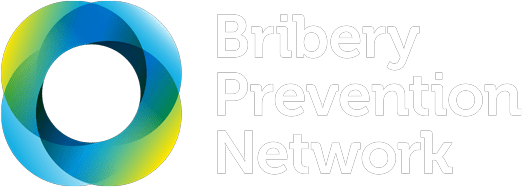Bribery and corruption risks are always evolving and should be monitored regularly. Access resources to help you evaluate and improve the effectiveness of your organisation’s anti-bribery and corruption policies and procedures and their implementation. Discover how to monitor, review and adapt your business’ response to changing risks and circumstances, particularly when entering new commercial and regulatory environments. This collection includes resources on how data analytics can be used to predict high-risk transactions across operations and project cycles and support monitoring for bribery and corruption risk.
Category: Monitoring
Detect bribery and corruption by leveraging technology based strategies such as data analytics. This resource unpacks how a data analytics strategy can help ensure effective and efficient compliance programs by automating compliance testing and going beyond manual reviews. The guidance is supported by tips, practical advice and case studies.
This Guidance on Good Practice Procedures for Corporate Anti-Bribery and Anti-Corruption Programs
is intended to provide an overview of the matters you will need to demonstrate to show you had adequate procedures to prevent foreign bribery under the Crimes Legislation Amendment (Combatting Foreign Bribery) Act 2024 (Cth).
This document outlines supporting resources to accompany the Crimes Legislation Amendment (Combatting Foreign Bribery) Act 2024, which introduced a new corporate offence for failing to prevent bribery of foreign public officials and requires businesses to have "adequate procedures" to prevent such conduct. It serves as a companion to the Attorney General's Adequate Procedure Guide, offering practical resources to help businesses implement these principles effectively.
Address corruption in public infrastructure projects by applying this framework. Learn how data analytics can be used to monitor corruption risk across the project cycle. This resource includes a case study on creating a corruption risk index during construction of an international airport in Mexico City.
Practical guidance to monitoring and testing the effectiveness of compliance programs
by Compliance Week
Design and operationalise compliance monitoring systems using the practical guidance provided in this resource. The article unpacks why compliance systems should be monitored, who should monitor, what should be monitored and how this can be done. Practical steps to designing and testing business compliance programs are provided as part of three broad monitoring stages.
This first-of-its-kind tool comes from a survey of over 6,000 Pacific Islanders across ten countries and territories addressing perceptions of corruption, individual experiences with corruption, and how things could change. The resource is the most extensive public opinion data on corruption ever gathered in the region.
